Your gardening days do not have to end just because the weather has turned cold. Here are some tips for gardening in the winter to help you extend your growing season.
10 Tips for Winter Gardening
We all love a summer garden! Beautiful flowers, hearty produce, and sweet-smelling herbs are a gardener’s paradise. But cooler temperatures arrive, and then the first frost hits in late fall (early fall for some), and gardeners see that as a good time to shut down the garden until spring.
Not so fast!
You may not consider the winter season an excellent time for gardening, and you would be correct. The garden will be frosty, and the soil won’t be very enthusiastic about growing more crops. But, what can a gardener do when the urge to garden persists even during this time of the year? You can still have a healthy vegetables and herbs garden during the winter season. Here are tips for gardening in the winter to get you started.
Prepare the garden beds
When you decide to plant a crop in your garden during the winter season, you need to prepare the beds well. Whether you plant in a raised garden bed or directly in the ground will depend on if your area ground freezes, your growing zone, and how warm you can keep the ground during the winter months.
If you live in an area that experiences high rainfall or hailstorm, you should build a shelter to protect your garden bed. A garden shelter can help you extend your winter harvest and get the most out of your garden. You do not need to build an expensive shelter. You can use translucent plastic or greenhouse fabric for this purpose. Just make sure you have enough ventilation to protect the plants on warmer days. Prepare your garden beds before the first hard frost.
Cover up the garden beds
Mulching is a great way to take care of your garden beds and protect your tender plants. The soil dehydrates faster during the colder months. Mulch locks in the moisture and retains the much-needed warmth during the winter season. This will help get your garden ready for the spring season. Organic mulching also suppresses weeds and regulates the soil temperature. Some of the organic materials you can use on the beds include straws, hay, rice hulls, wood shavings, fallen tree leaves, and other crop residues. Mulch will also help in retaining the structure of the soil and prevent erosion or soil crusting.
Row covers are an excellent way to protect your winter crops. Using a cold frame or purchasing a crop cover, these white (or clear) covers can allow you to grow leafy greens and winter lettuces throughout the winter by giving heat and protection to your plants. You may also want to consider them for other cover crops, winter vegetables (root vegetables, brussels sprouts, winter flowers) other cold-weather crops. Depending upon your garden zone, winter does not have to end your growing season. Some of the row covers are more like a greenhouse, some are low tunnels, some are high tunnels. Purchase (or make) the cover that makes the most sense for your gardening needs.
Make certain you have access to your plants. The ability to shovel a path (if necessary) to water or check condensation is helpful.
Build a compost pile
Do not let throw away your kitchen waste if you have a backyard garden. A compost pile of composting waste creates amazing organic fertilizer for your garden. The winter season is the best time to start preparing yourself for the next planting season. Composting is a natural process of recycling organic material. Composting creates an ideal environment for bacteria to grow. The bacterium assists in decomposing this matter and turning them into something you can use for your crops. Just like mulching, composting enriches soil health and conserves water. It will also be a great way to get rid of the waste you accumulate from your kitchen.
Shred Your Fall Leaves For Gardening Compost
Plant cold-resistant herbs and vegetables
You do not have to lock down your gardening in the winter months just because the cold season has kicked in. There are crops-heady plants, herbs, and vegetables that thrive in cold weather and into the depths of winter. You can plant these crops to extend your garden. Again take note of the growing zone in your area, and then consult with your local garden center on the best plants for winter gardening and cold climates.
Take samples of your soil and test for pH before planting anything on the beds. This eliminates guesswork and gives your crops a better fighting chance. You will know what the soil lacks in terms of nutrients and work towards rectifying that situation.
Some of the vegetables you can plant in your winter beds include root crops, Asian greens, Swiss chard, lettuce, beetroot, radish, chard, turnips, broccoli, cauliflower, and spring onions. If possible, buy the seedlings from your local garden center or nursery. They should have done the research to know what species of vegetables grow well in your region. You can grow your own seedlings from seed packets, too, but that requires more planning and research on your part. How to grow garden seedlings indoors (using grow lights).
Add some color with flowers
Winter may be a dull season, but your garden does not have to suffer through this. Flowers such as pansies and violas do well in mild winter climates. Other flowers that you can plant in the winter season include snowdrops, jasmines, hellebores, winterberries, aconites, primroses, camellia, and willows. These flowers are able to withstand a certain level of exposure to cold and frostbite. They then bloom excitedly when the spring season comes.
Clean and polish your gardening tools
Even if you plan on planting some crops, you will not be doing much active gardening during the winter season as you do in the other three seasons. Make sure you have cleaned and lubricated all the garden tools you have been using before storing them away.
After washing the dirt from your garden tools let them dry out before applying grease or lubricant. This prevents the tools from rusting as lubricant coats the surface, preventing water from coming into contact with steel. You can put the smaller tools in a container of sand mixed with lubricating oil. This is also a good time to replace or fix broken gardening tools.
Turn off all the spigots in the garden (and winterize your sprinkler system). We have freeze proof garden spigots and we still shut off the water to the outdoors in the wintertime and do disconnect the hoses.
Prepare bulbs for planting in spring
Bulbing allows crops and vegetables to sprout and this makes them grow faster when you replant them. The late fall and early winter season would be ideal for bulbing in preparation for planting when spring comes. Some bulbs may require chilling, and this can run for up to 18 weeks. You can force bulbing indoors and then plant the sprouts on the garden beds when the winter season ends.
20 Fabulous Bulbs to Plant in the Fall for Spring Blooms
Attract pollinators to your garden
Birds and bees may be beneficial to your garden as they are agents of pollination and natural pest controllers. Build small bird nests and beehives and place them strategically in your garden. Weed out invasive plants from the garden beds and eliminate insecticide use in the garden. Make your backyard a friendly place for pollinators come spring!
How to Attract Bees to Your Garden
Prune your garden
If you have perennials in your garden, you should consider pruning them so that they can grow better in the next season. Most plants go dormant during the winter season. Do not prune too early in the winter as the cuts may dry out if the temperature freezes completely. Remove overgrown branches to give preference to the stronger branches of the crop. Always cut the branches at the node, so that the one you leave behind can grow stronger and healthier. Dead or diseased branches should always be pruned first. Do not keep these branches in the garden as they could be harboring disease-carrying agents. The best way to get rid of such branches is by burning them.
Check your drainage
There may be rainfall during the winter season. If your bed is not raised, chances are that excess water will stagnate here. Deep-rooted crops do better on well-drained soils. To prepare for the next growing season, make sure the beds are well-drained and free from weeds.
Use these tips to extend your gardening season past the good weather of the fall and summer months and into the cold months. Don’t let freezing temperatures stop you from gardening. This is a perfect opportunity for you to learn how to become a winter gardener. Try it this year!
● Cooperative Extension Offices
● US Climate Normals
● US Plant Hardiness Zones
● For more Gardening posts on Ann’s Entitled Life, click here.
● Enjoy this post? Sign up for the Ann’s Entitled Life FREE Weekly Newsletter to stay connected.
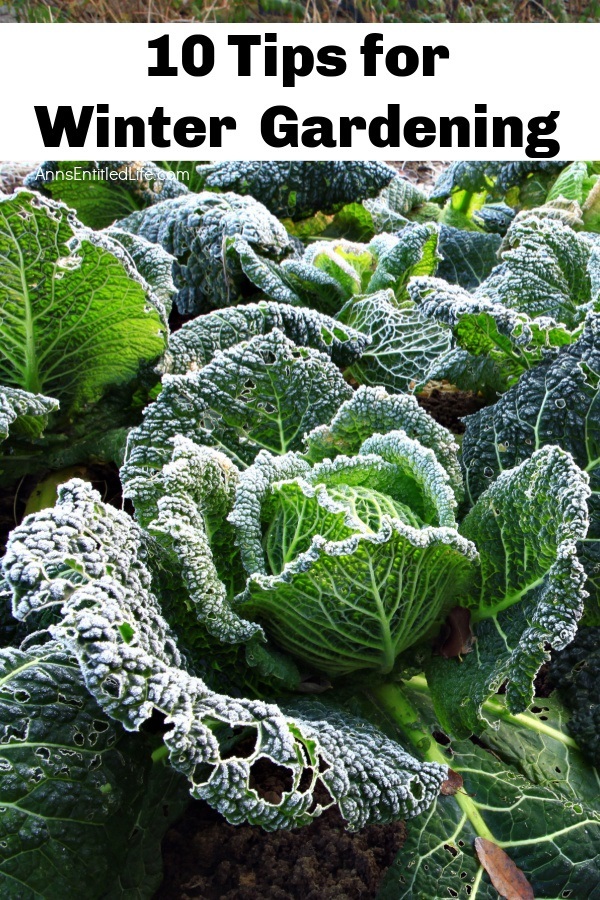
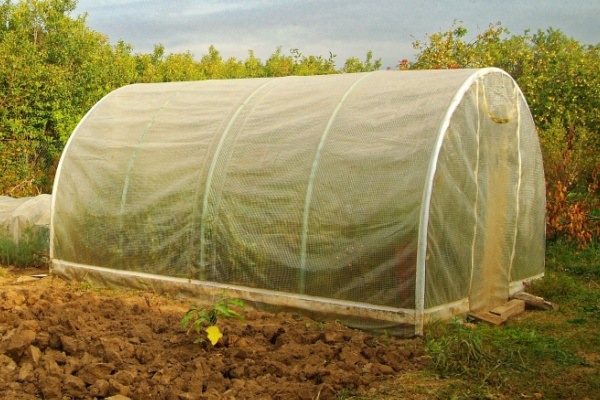
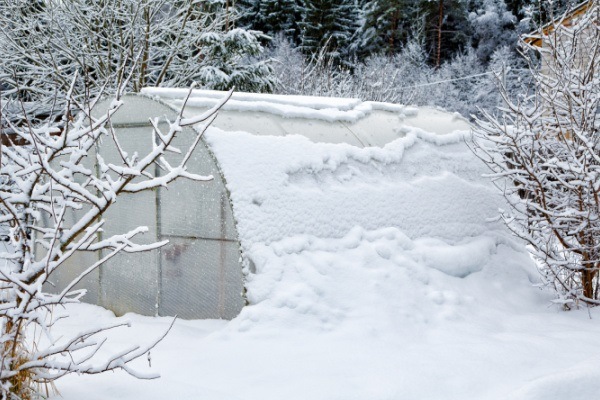
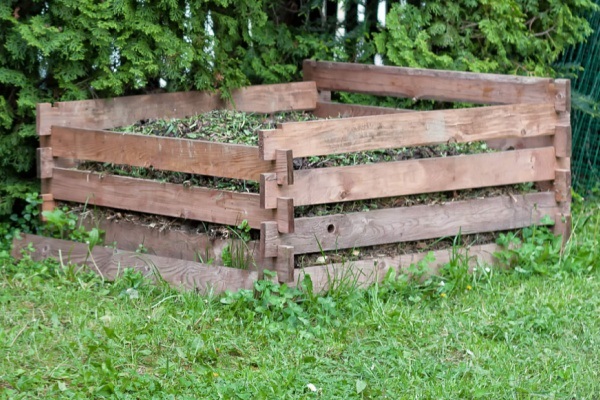
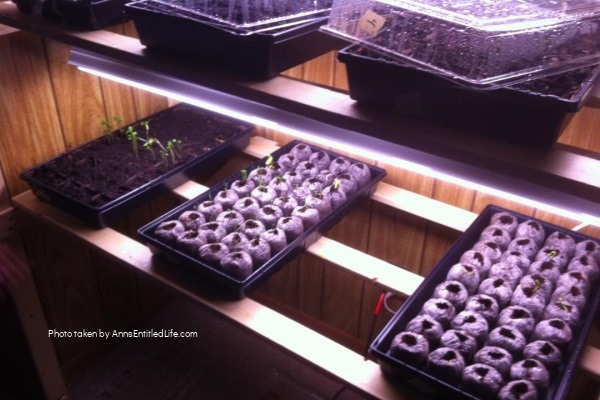
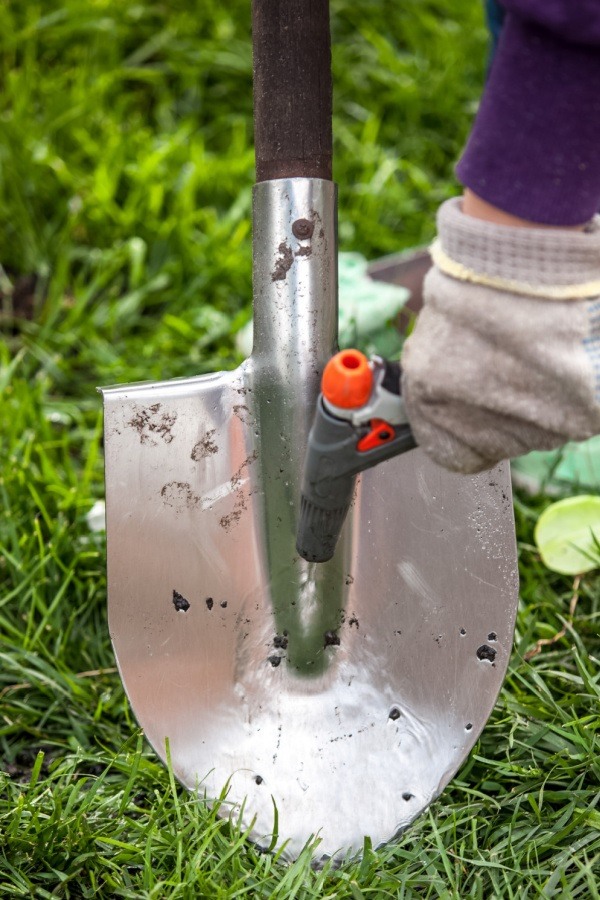
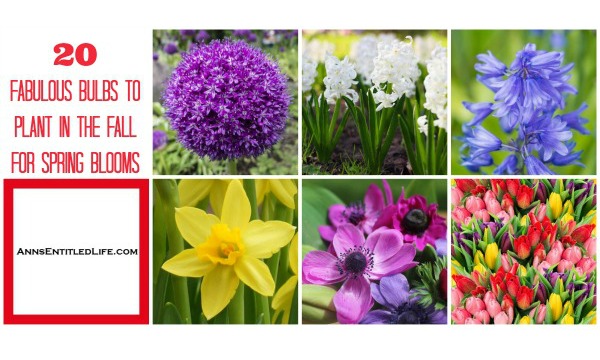
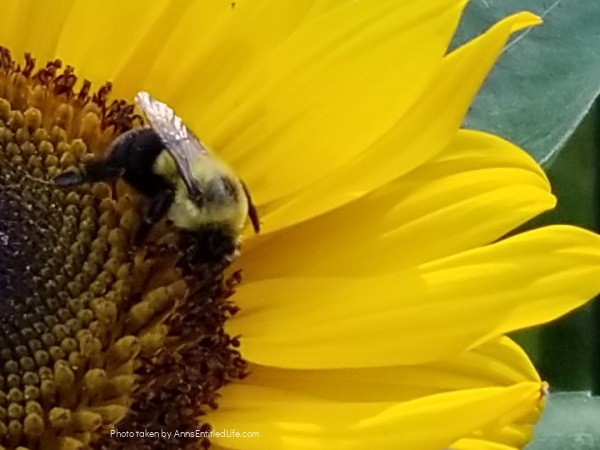
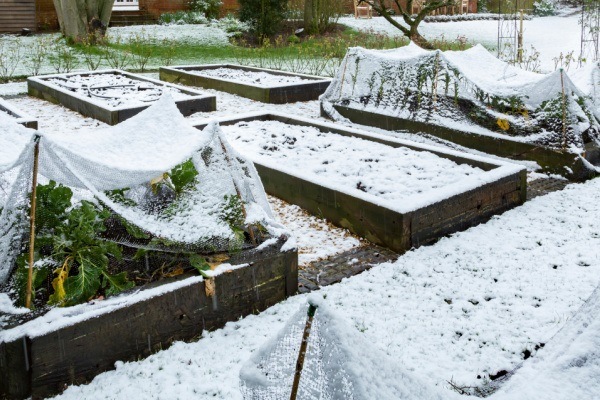
Leave a Reply